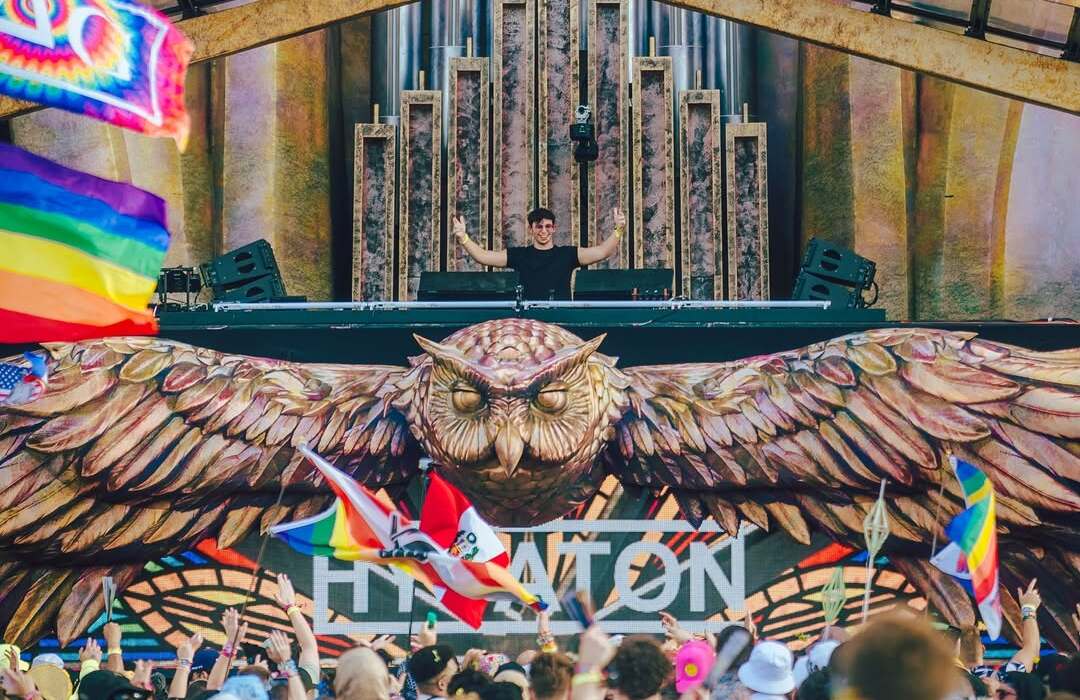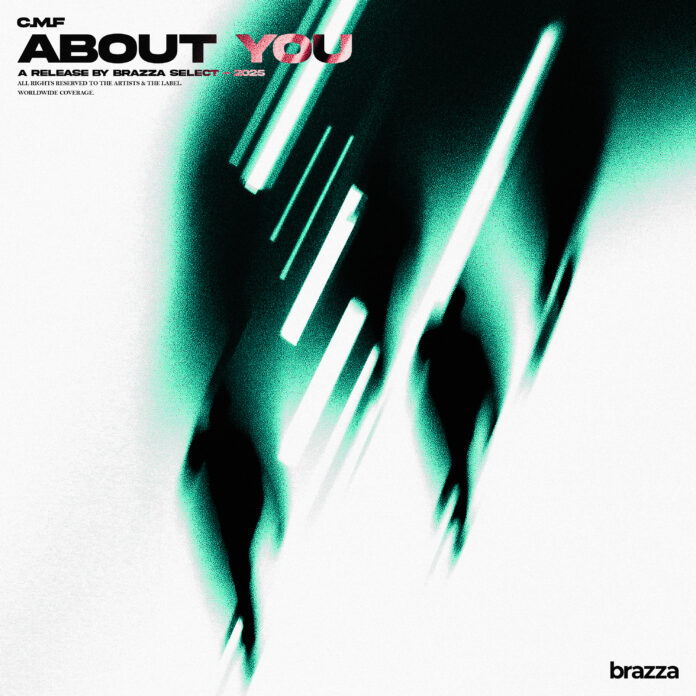The 2003 series of Fullmetal Alchemist is drastically different from the 2009 manga faithful adaption Fullmetal Alchemist Brotherhood. These differences resulted largely because the manga was still ongoing at the time of the 2003 series, resulting in an anime-original storyline for the latter half of the plot.
One major deviation is the role of Ishval and how neither adaptation remained entirely faithful to the source material. This resulted in two unique adaptations with different outcomes for the Ishvalan people.
The Ishvalan Civil War
In Fullmetal Alchemist, the Ishvalan Civil War was started when an elite team of Amestrian soldiers raided an Ishvalan temple and slaughtered the monks inside. The Ishvalans began to riot and King Bradley used Eastern Soldiers to forcefully suppress them and raise tensions. The homunculi’s goal in starting the Civil War in Brotherhood is different than in the original. In the 2003 anime, the homunculi’s goal was to create enough despair that someone would feel compelled to create and use a Philosopher’s Stone.
In Fullmetal Alchemist Brotherhood, the Civil War started when Envy (disguised as an Amestrian soldier) shot and killed a child. The Ishvalans retaliated, and it was not long before the war broke out. Thanks in part to the familiar terrain, supply of weapons from neighboring countries, and guerilla tactics the Ishvalans managed to fight the Amestrian soldiers to what seemed like a stalemate. The war reached its climax with King Bradley’s issuance of Order 3066 which drafted all state alchemists to the front lines of the war. With the overwhelming power of the state alchemists, the Ishvalans were slaughtered and forced into refuge across the country.
Similar to the homunculi’s goals in the 2003 series, the Ishvalan Civil War was started by the homunculi to cause as much death as possible. The difference between Brotherhood and the manga is revealed to be that the massacre served as one of the ten intersecting points creating the nationwide transmutation circle.
Depictions of Brutality
One of the biggest and most noticeable differences between Ishvalans in FMA and FMAB is how much they have suffered. In the manga and the 2003 series, the Ishvalan Civil War and its brutality were highlighted. This added much-needed nuanced themes of distrusting the military and of questioning orders. One such example was Brotherhood’s decision to retcon Mustang’s decision to follow the unethical order to kill the Rockbells. This retcon was detrimental as the event provided a great deal of insight into Mustang’s distrust of his superiors.
Another example of an event missing from Brotherhood was the day in which Brigadier General Basque Grand ordered the use of Philosopher’s Stones in the Ishvalan Civil War. This resulted in the state alchemists almost entirely decimating the population of Ishval in a single day. Brotherhood also lacked the disturbing scenes of the homunculi using Ishvalans in human experimentation. In the 2003 series, Ed is shocked to learn that the military has been using Ishvalans to create Philosopher’s Stones.
Differences in Reparations
Appearing in the manga and Brotherhood was Grand Cleric Lowe who was the leader of the Ishvalan faith. Lowe’s final prophecy, "God’s wrath will smite you (Bradley) for your wickedness" was fulfilled in the climax of the series when Bradley was momentarily blinded by the Sun’s reflection off of his blade allowing for Scar to fatally wound him. As revealed by Ed’s understanding of alchemy, the "Sun" is a representation of "God" and since Scar proclaimed himself as "God’s wrath," Lowe was correct in his final prophecy.
Furthermore, at the conclusion of Fullmetal Alchemist, the Amestrians aided the Ishvalans in their return to Ishval and helped to rebuild their homes. Oddly enough, that was the full extent of reparations that is seen in the 2003 series and would be altered in Brotherhood. The finale of Brotherhood depicted a more action-oriented and foresighted approach to the situation. Roy Mustang, now the rank of Brigadier General, asked Major Miles to help him oversee the reconstruction of Ishval. Furthermore, Mustang proposed making Ishval an Eastern trading point to reinvigorate the local economy. To stimulate the Ishvalan economy into action, Mustang arranged the widespread cultivation of wheat and cotton to be owned and traded by Ishvalans.
Scar's Fate
In a final battle of the 2003 series against Alphonse and Scar, Kimblee used the last of his strength to transmute Alphonse into a living bomb. Scar was then fatally shot by an Amestrian soldier while protecting Lust. Realizing he had no other choice, Scar used the last of his power to complete the city-wide transmutation circle and create a Philosopher's Stone within Alphonse to save him. In the movie Fullmetal Alchemist: Conqueror of Shamballa it is revealed that both Lust and Scar's Earthen counterparts are alive and traveling as Roma.
In Brotherhood, Scar managed to mortally wound King Bradley and survive the final battle. While recovering from his injuries, he accepted Major Miles' and General Armstrong's invitation to rebuild Ishval and restore its culture. His last seen appearance is in a photograph with grown-out hair and Major Miles still accompanying him in the Ishvalan restoration process.
Is Alchemy Taboo?
In the 2003 series, Ishvalans make it repeatedly clear that alchemy goes against the teachings of Ishval. Since Ishvalans believe that only the earth god Ishvala should be able to "breathe life" into inanimate objects, alchemy is considered to be heretical. The implications of being found practicing alchemy are severe as well. Once an Ishvalan has been seen practicing alchemy, they are exiled and shunned from society. This taboo dates back to the 2003 anime-exclusive Ishvalan branch of alchemy called, "Grand Arcanum."
The last known user of the Grand Arcanum was the old Ishvalan exile seen in Fullmetal Alchemist (2003), Episode 36, "The Sinner Within." The Ishvalan exile then taught the forbidden art to Scar’s brother who used it to revive his love, accidentally creating Lust from the souls of the deceased Ishvalans. Whereas alchemy draws its power from the deceased souls of Earth passing through the Gate and live souls trapped in Philosopher’s Stones, the Grand Arcanum draws its power from already deceased souls in the area. In Brotherhood, Ishvalans consider alchemy sinful but they don't take action or exile anymore. The difference between constructive and destructive alchemy to Ishvalans is also noted in both series.
The differences between the two series primarily stem from the need to diverge from the source material in the 2003 adaptation. Scar's fate, the brutality of the war, the taboo nature of alchemy, and the reparations afterward serve to give the two adaptations their own unique identities due to their differing portrayals.
About The Author

